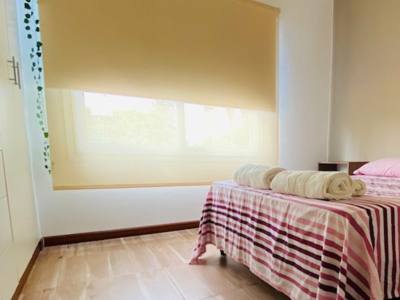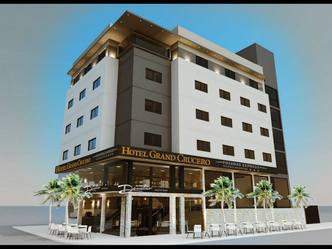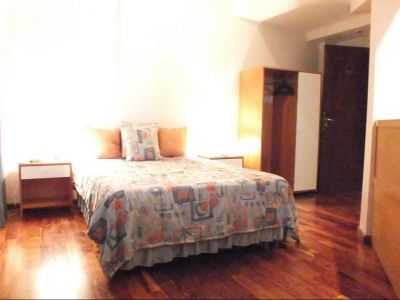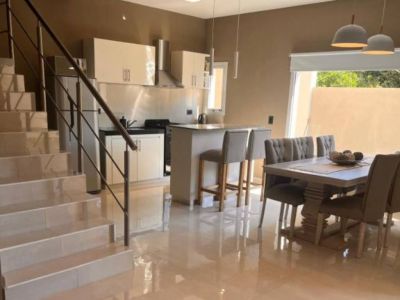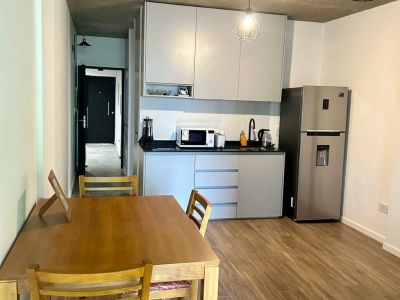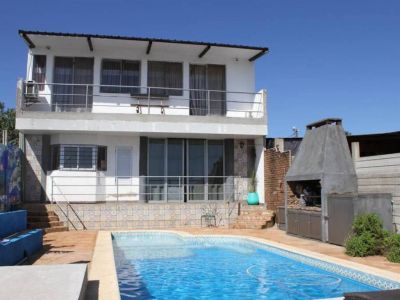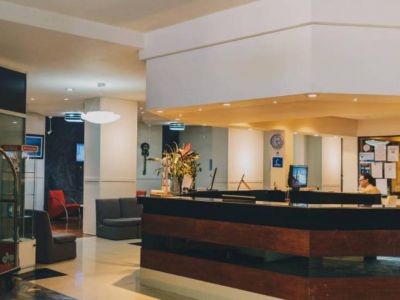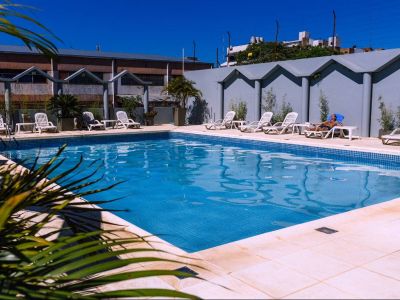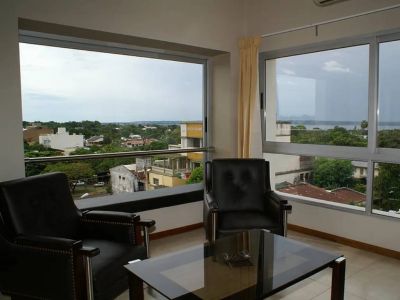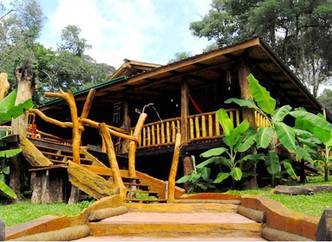Housed by an old building featuring English style and a brick façade dating back from 1882, it has been named after one of the founders of the Board of Historical Studies of Misiones, don Aníbal Cambas.

This regional museum has only one room divided into three sections where visitors may find archeological, biological and historical elements of the Province of Misiones.
The Julio César Sánchez Ratti section contains material about the pre-history of Misiones, from 7,000 to 10,000 BC, with elements of the formation stage. Another area inside the same section features ethnographic, pre-Jesuit and historical objects such as weapons used in the Triple Alliance War, back in 1865.

It is important to highlight the presence of funerary urns known as yapepos -made by hand-, in which the natives would bury the dead with grave goods.
Lastly, Clotilde González de Fernández Ramos Library contains books of Argentinian and regional history, as well as a noteworthy photographic archive.








